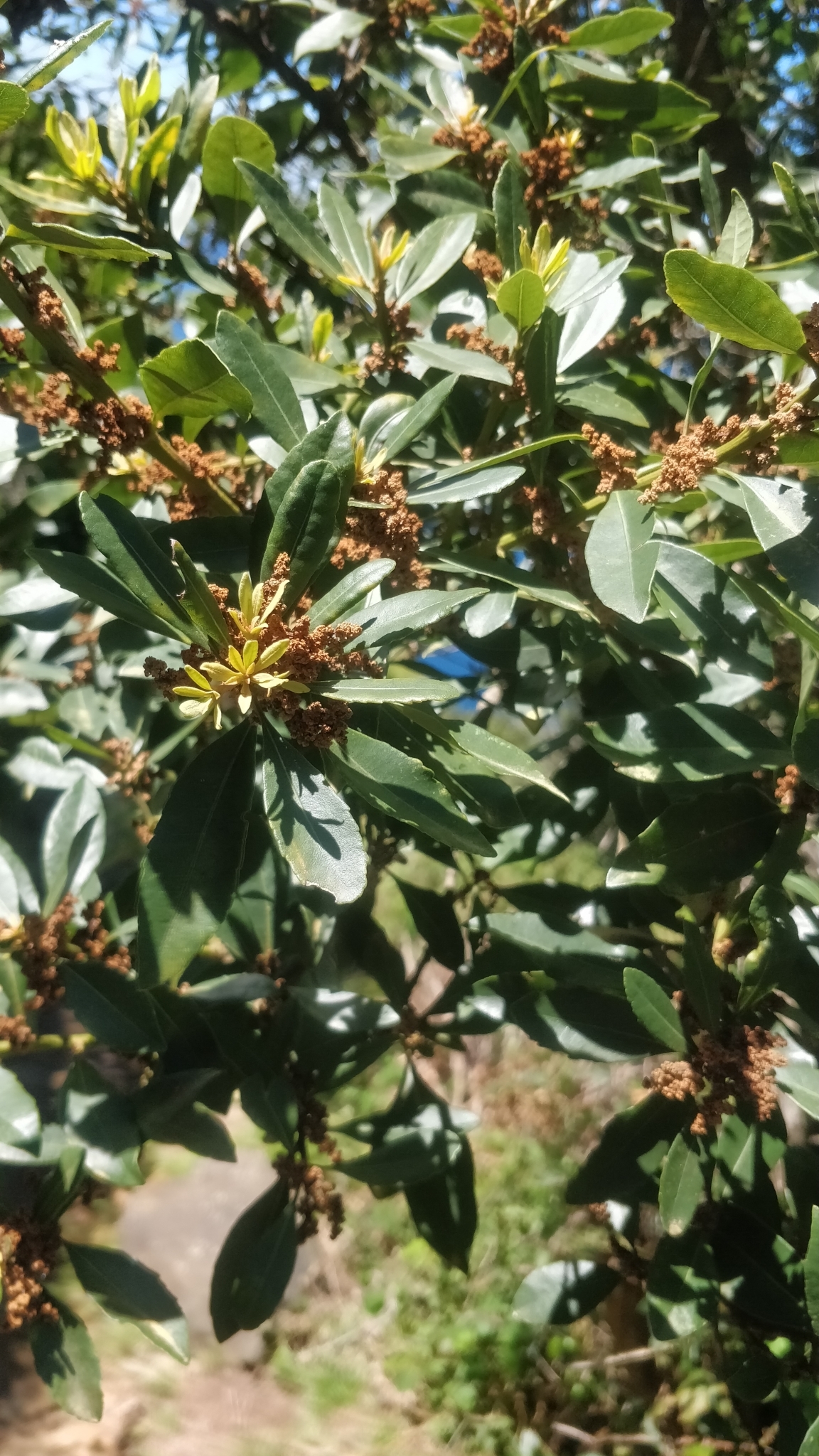Australian Plant Census (2011) available at: Vascular Plants APNI (biodiversity.org.au).
Benton, N. (2006). Fire Tree fact sheet. Plant Conservation Alliance, Alien Plant Working Group.
Csurhes, S. and Edwards, R. (1998) Potential Environmental Weeds in Australia: Candidate Species for Preventative Control, National Weeds Program, Queensland Department of Natural Resources, January 1998.
DPI (2008). Department of Primary Industries and Fisheries, Queensland. Pest Alert, Myrica.
Navie S. (2004). Declared Plants of Australia. An identification and information system. Centre for Biological Information Technology: Brisbane. [CD-ROM]
Land Protection (2007). Department of Natural Resources and Water, Queensland.
Pacific Island Ecosystems at Risk (PIER) (2008). Morella faya. Institute of Pacific Islands Forestry, US Forest Service. Available at: Morella faya: info from PIER (PIER species info) (hear.org)
Seibold, R. (2000). Controlling Fire Tree (Myrica faya) in Hawaii. Restoration and Reclamation Review.
















